Marketing automation is an effective solution for sending highly targeted messages and pushing deals forward in the sales pipeline. A marketing automation tool gathers data from various sources that you can use to automate marketing actions and processes.
Customer Relationship Management (CRM) is a tool for collecting and organizing all your customer data. The system supports areas such as customer service, marketing, and sales.
By reading this article, you'll learn what happens when you combine a marketing automation tool with CRM and use their features together. We’ll share the best ways to make the most of this combination and the real benefits it can bring to you and your business. By the end of the article, you’ll also find five practical use case examples to inspire you.
The benefits of using marketing automation and CRM together:
- Improved cooperation between marketing and sales
- Two-way flow of customer data
- Personalized customer communication
- Seamless customer experience – and more sales
This is how the integration works
Integrating automation with your CRM helps deepen the collaboration between sales and marketing, gain better insights into customer behavior, improve lead quality, and save resources.
To understand how this works, it’s important to know why and how each tool is used.
How the automation tool works
Marketing automation allows you to automate repetitive marketing tasks, like sending emails, setting up e-commerce automations, or sending WhatsApp messages. With automation technology, you can gather data from other channels and use it in your marketing campaigns.
Automation enables highly targeted, personalized, and timely customer communication. This technology can be used for a variety of purposes – one of which is guiding leads further down the sales funnel toward conversion.
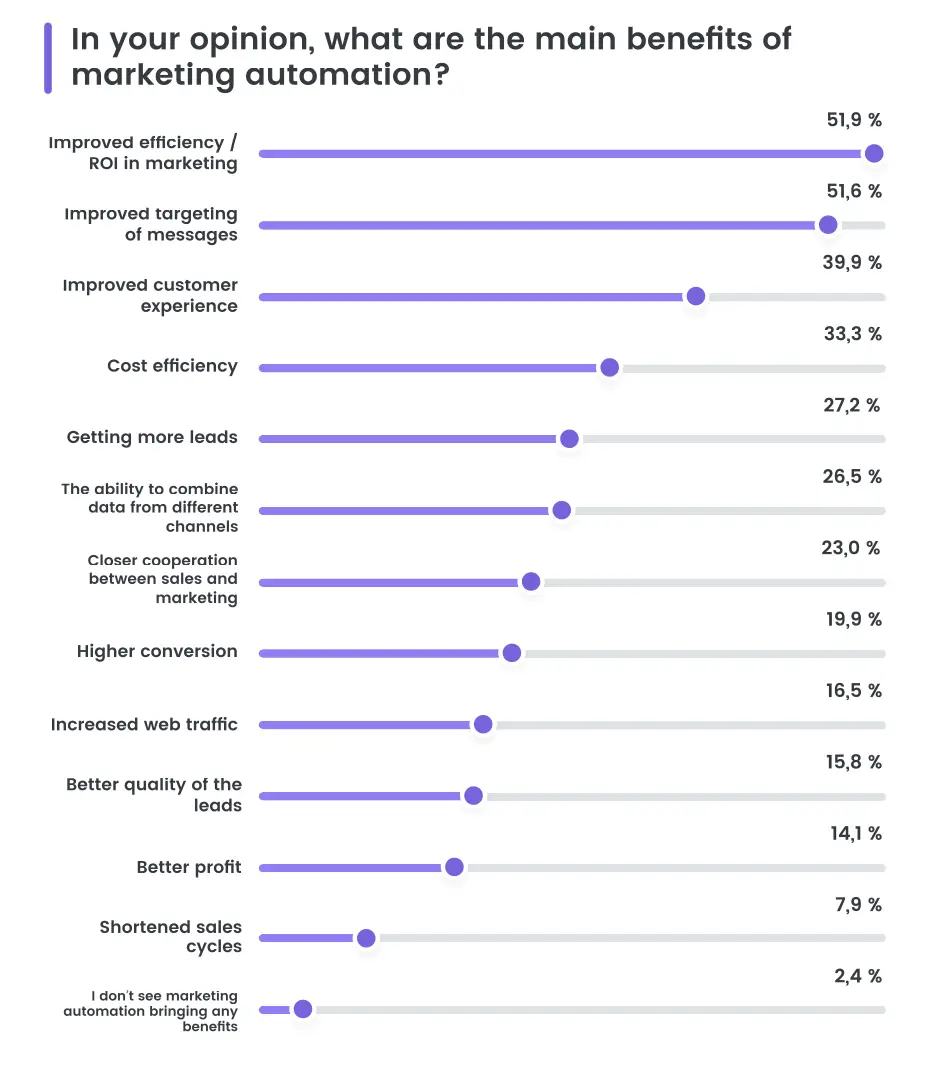
In our international marketing automation survey, the respondents rated improved targeting of messages and a better marketing ROI as the most prominent benefits of marketing automation.
How CRM works
A CRM system helps you manage all your company’s relationships and interactions with customers and prospects. It stores information like a customer’s purchase history and how long they’ve been a client.
CRM supports customer segmentation, planning sales activities, managing ongoing deals, improving customer service, and streamlining processes.
Automation needs customer data as its fuel, which comes from the CRM – so integrating these two solutions is essential to make the most of your automation efforts. However, the benefits go beyond just being a source of contact details; these tools work together in many powerful ways.
The benefits of integrating marketing automation and CRM
Let’s go through the different ways you can benefit from combining automation with your CRM.
Improved cooperation between marketing and sales
The challenges of collaboration between sales and marketing are an evergreen topic. It’s also an area where the integration really shines.
Not all customer journeys look the same – paths are rarely straightforward and can even seem illogical compared to the one you had in mind. That’s why sales and marketing need to work closely together to meet the prospect’s needs and help them convert at any stage of their journey.
Sales and marketing might have different ideas about what defines a lead. Integrating CRM and marketing automation helps to clarify the touchpoints. Sales will have a better sense of when they should reach out to a prospect, and marketing will know at which stages their content is needed.
Two-way flow of customer data
Using marketing automation and CRM together allows customer data to flow seamlessly between the tools. This is great news, because
- No data gets lost in the way, since it’s transferred directly from one tool to the other.
- You can trust that there are no blocks in data flow.
- You don’t have to check multiple places to see the communication history with a customer.
You can send automated messages to segmented groups pulled from the CRM. After your marketing actions, the CRM data gets enriched with information on how customers reacted to the messages. (Psst, we’ll share more tips on this later in the article!)
Personalized customer communication
Personalizing customer messages is crucial: the more personalized the message, the more likely the customer is to respond. Despite this, some marketers still feel they don’t have enough data or knowledge about the benefits of personalization, even though 87% of customers expect it. At the same time, customer data is often stored in multiple systems.
The combination of CRM and automation offers a solution to this problem: you can send tailored and personalized messages based on the customer’s behavior. You can use any customer data you want for personalization, such as recent purchases, interests, company details, and more.
The more systems you integrate with your automation, the clearer the picture you get of your customer’s behavior. You can gather all possible information in the customer’s CRM profile, such as newsletter clicks and website visits.
As a result, sales can execute more strategic customer communication, and interactions with customers become more effective. Marketing gains a clearer understanding of which messages resonate best with customers and which content leads find most valuable.
Seamless customer experience – and more sales
Thanks to integration, you can better serve your current and future customers. You can more easily review customer activities and plan your future actions based on these insights.
This means you can send marketing messages that interest your customers at just the right moment, leading to higher customer satisfaction and more effective upselling and cross-selling. The sales process might also speed up since customer and prospect needs are addressed at the optimal time.
A modern automation solution allows you to score customer activities. Once a certain number of points is reached, sales knows that a lead is warm enough for follow-up. Ideally, sales will find plenty of data on customer behavior and needs in the CRM before making the first call or sending the first email.
How to get started
Now that we know why it’s important to use automation technology and CRM together, the next question is how to use them in sync.
Here are the steps to get you started:
Acquire the technology
Invest in high-quality solutions that are already integrated with each other. For example, LianaAutomation is integrated with several popular CRM systems, like Pipedrive. This means you can start working efficiently right away.
Plan the process
Gather your sales and marketing teams to visualize the entire customer journey and identify the actions needed along the way. Include pre-contract marketing, sales outreach, and onboarding automation to welcome new customers.
Plan personalization
Decide which customer data you'll use to personalize your marketing messages. There’s a wide range of options, from location and age to types of purchased products and purchase frequency. Make sure you gather all the necessary information, for example, through subscription forms.
Create automation workflows
Build automation workflows for various purposes, such as warming up leads, managing new customer relationships, and re-engaging with passive customers.
Analyze and Refine
Once your automation workflows are set up and running, you’ll need to monitor their results and refine their performance as needed. Experiment with different elements, such as message content, subject lines, and send times, to see how they impact your automation outcomes.
Practical use-case examples
Let’s go through a few examples where automation and CRM are used together to enhance sales efficiency.
Onboarding
- Data source: CRM
- Channel: Email / push notification
- Trigger: New signup / first purchase
One popular way to use marketing automation is through an onboarding workflow focused on welcoming new customers. The CRM system adds significant value to this process.
After a successful sale, the salesperson records the deal in the CRM, which triggers the onboarding automation for the new customer. Through automated messages, you can provide valuable information and help the customer use your products more effectively.

A new customer will appreciate receiving messages with tips on how to use the product or service they’ve purchased.
In later messages of the onboarding workflow, you can start pursuing upselling opportunities. One effective method is a referral campaign, where users benefit from recommending a product or service to a friend. For instance, Ultimate used this approach to surpass 200,000 registrations within the first four weeks and achieved over 100,000 referrals even before launching their service.
Upsell
- Data source: CRM
- Channel: Email
- Trigger: Customer segment: loyal clients
Customers who frequently purchase from you are already interested in your company and often ready to buy more. This makes them an ideal segment for your upselling campaign. You can easily pull the necessary data from your CRM to create a segment, such as customers who have purchased from you at least three times.
Send these customers a personalized campaign email with an attractive discount code. Set a deadline for the campaign to encourage quick action and clearly highlight the value of the offer, showing the benefit the customer will receive by taking advantage of it.
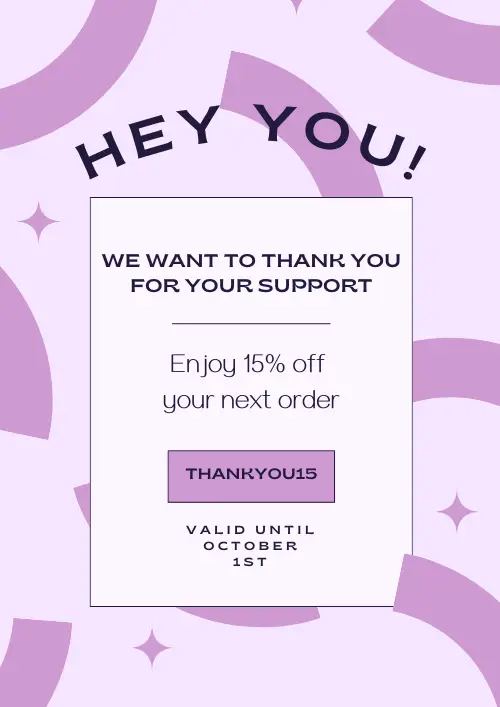
A personalized email campaign is an effective way to bring back previous customers.
A few days later, you can send a reminder message to those who didn’t make a purchase based on the initial email. In this message, let them know that the campaign is only valid for a couple more days.
At the same time, you can use the upselling campaign to refine your customer segmentation further. You might classify your most loyal customers as platinum level and adjust their classification if they don’t respond to your campaign.
Birthday gifts
- Data source: CRM
- Channel: Email / SMS / WhatsApp
- Trigger: Customer’s birthday
Delight your customer by remembering them on their special day. In B2C marketing, you might celebrate the customer’s birthday, while in B2B marketing, you could mark the anniversary of their first purchase.
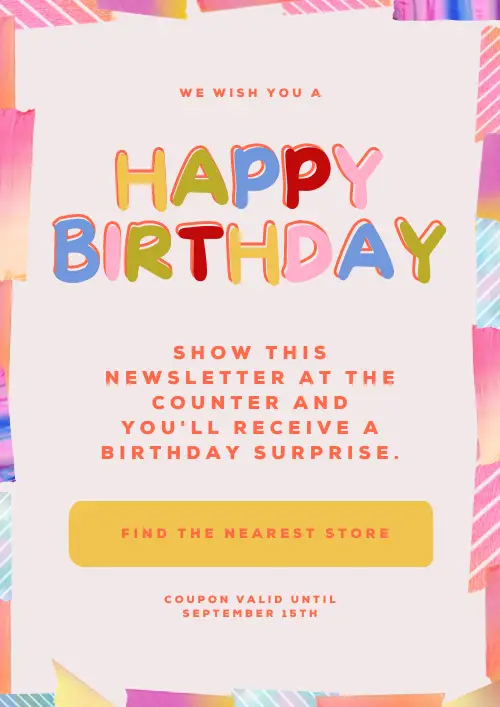
Acknowledging a customer’s birthday is a guaranteed way to make them feel special.
Set up an automation to check your CRM daily for individuals with birthdays coming up in the next ten days. Send these customers a personalized letter to celebrate their upcoming milestone.
It’s a good idea to send congratulatory letters well in advance, as many people like to plan their celebrations ahead of time. When the benefits are known early, customers are more likely to take advantage of your offer.
Reactivating passive customers
- Data source: CRM
- Channel: Email / SMS / WhatsApp
- Trigger: Customer status
Passive customers are a potential segment you can re-engage. Pull data from your CRM system to identify customers who haven’t made a purchase within a specific timeframe. Send them personalized messages to warm up the relationship and encourage them to return.
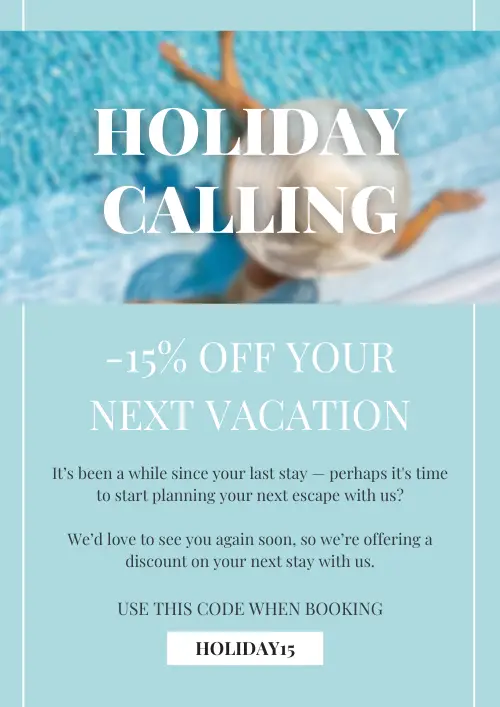
With a reactivation newsletter, you can aim to renew the customer’s interest in your service.
Showing value is crucial in activation messages as well. Explain how the customer will benefit from doing business with you. For example, you might send a WhatsApp message letting them know they can now get free delivery with their order.
This kind of automation is similar to upselling automation but targets a different audience. It can run in the background and be set to repeat at intervals that suit your business, such as monthly.
Pull the data back to CRM
It’s crucial for automation and CRM to work in both directions. Make sure that, beyond just exporting data, you also pull important data from your automation tool back into your CRM system.
A convenient way to ensure data flow is by scoring customer activities based on their responses to your marketing messages. You can assign scores in various ways: one point for opening an email, five points for clicking a CTA button, and so on.
With this scoring feature, you can differentiate hot leads from cold ones. Use your CRM’s filters to identify customers with over five points and direct them to sales every morning.
Try an easily integrable automation tool
With the marketing automation tool LianaAutomation, you can gather data from numerous sources and use it across various marketing and communication channels simultaneously. LianaAutomation includes ready-made integrations with popular CRM systems, including Pipedrive. We can also implement custom integrations tailored to your specific needs.
Read more about Marketing Automation from our blog:

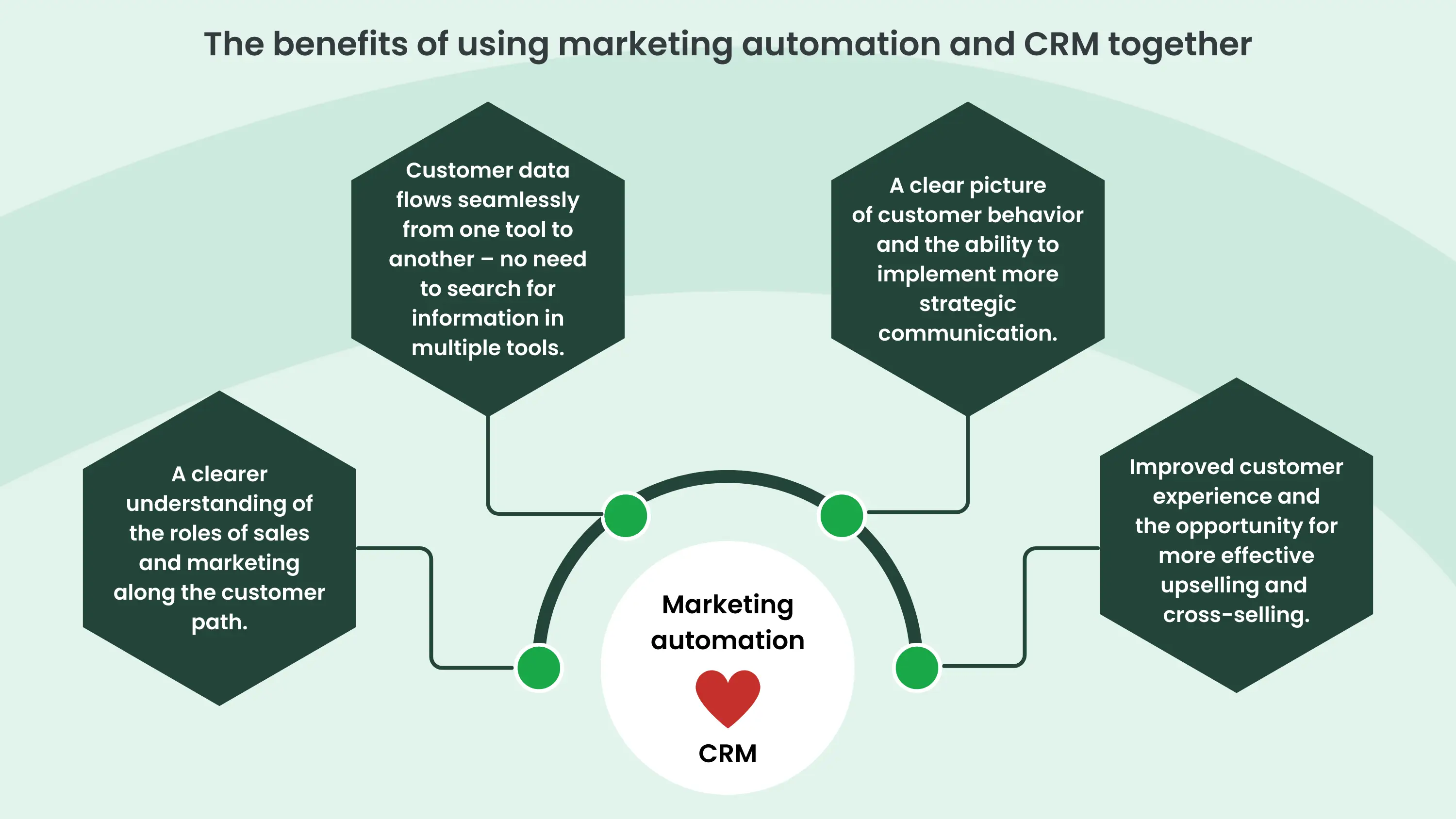


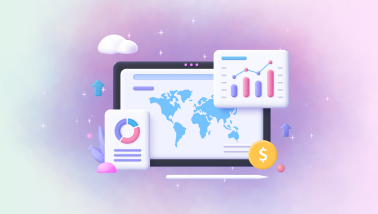
![How to Get Started with Podcasts? [Infographic]](/media/blog/podcast-article/cache/starting-your-own-podcast-article-cover-378x214,c.png)
Comment
Comments
No comments